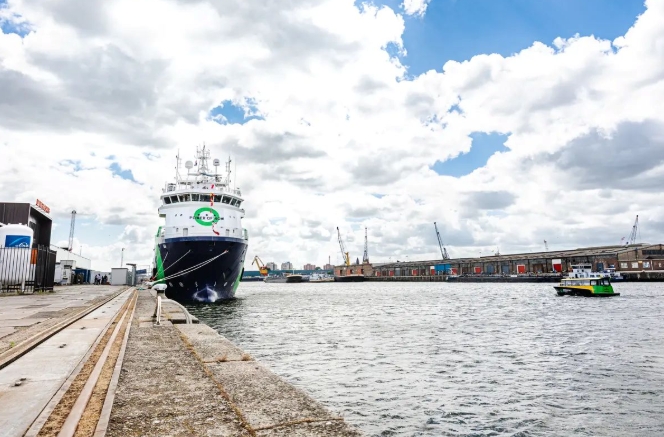
The digital certificate, issued through Trovio’s CorTenX registry platform, records comprehensive supply chain data, including port and vessel details, transaction timestamps, and sustainability metrics. This ensures transparent and auditable tracking of the fuel’s origin, handling, and transfer specifics, supporting the adoption of sustainable marine fuels.
Jonas Moberg, CEO of GH2, stated: “Following the International Maritime Organization’s ground-breaking agreement in April on mandatory emissions limits and GHG pricing for global shipping, green fuel producers have received an important signal to supply the industry. It is essential that systems are put in place not only to capture the volumes but the key environmental attributes of fuels such as e-ammonia made from renewables. The recent pilot shows we are ready to record those attributes as soon as the fuels start being delivered to ships.”
Andrew Hoare, Fortescue’s Head of Green Shipping, remarked: “A key step in scaling the infrastructure required for zero-emission fuels,” emphasizing Fortescue’s commitment to establishing new standards for transparency and traceability in ammonia fuel transfers.
In March 2024, the Singapore-flagged Fortescue Green Pioneer participated in the world’s first ammonia bunkering trial as a marine fuel in Singapore. Following the trial, the vessel received flag approval from the Singapore Registry of Ships and the “Gas Fuelled Ammonia” notation from classification society DNV, enabling it to operate using ammonia alongside diesel.
Additionally, Fortescue signed an agreement with Bocimar, part of CMB.TECH, to charter a dual-fuel Newcastlemax bulker being constructed at Qingdao Beihai Shipbuilding in China. Set for delivery in 2026, the vessel will transport iron ore from Australia’s Pilbara region to global markets, including Asia, supporting sustainable shipping initiatives.
This milestone underscores Fortescue’s leadership in advancing zero-emission fuel technologies, contributing to the maritime industry’s transition toward cleaner energy solutions while ensuring transparency and sustainability in fuel supply chains.